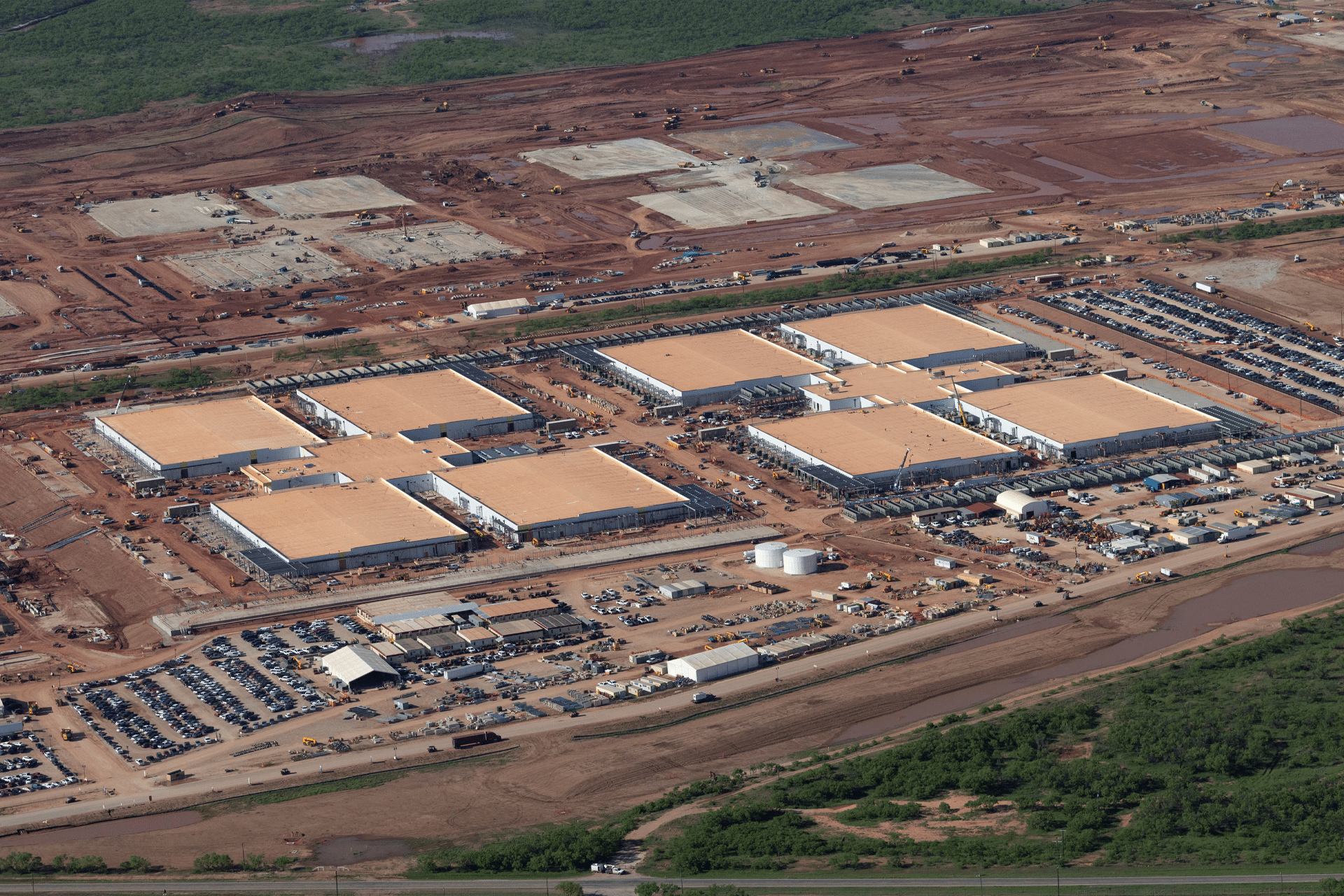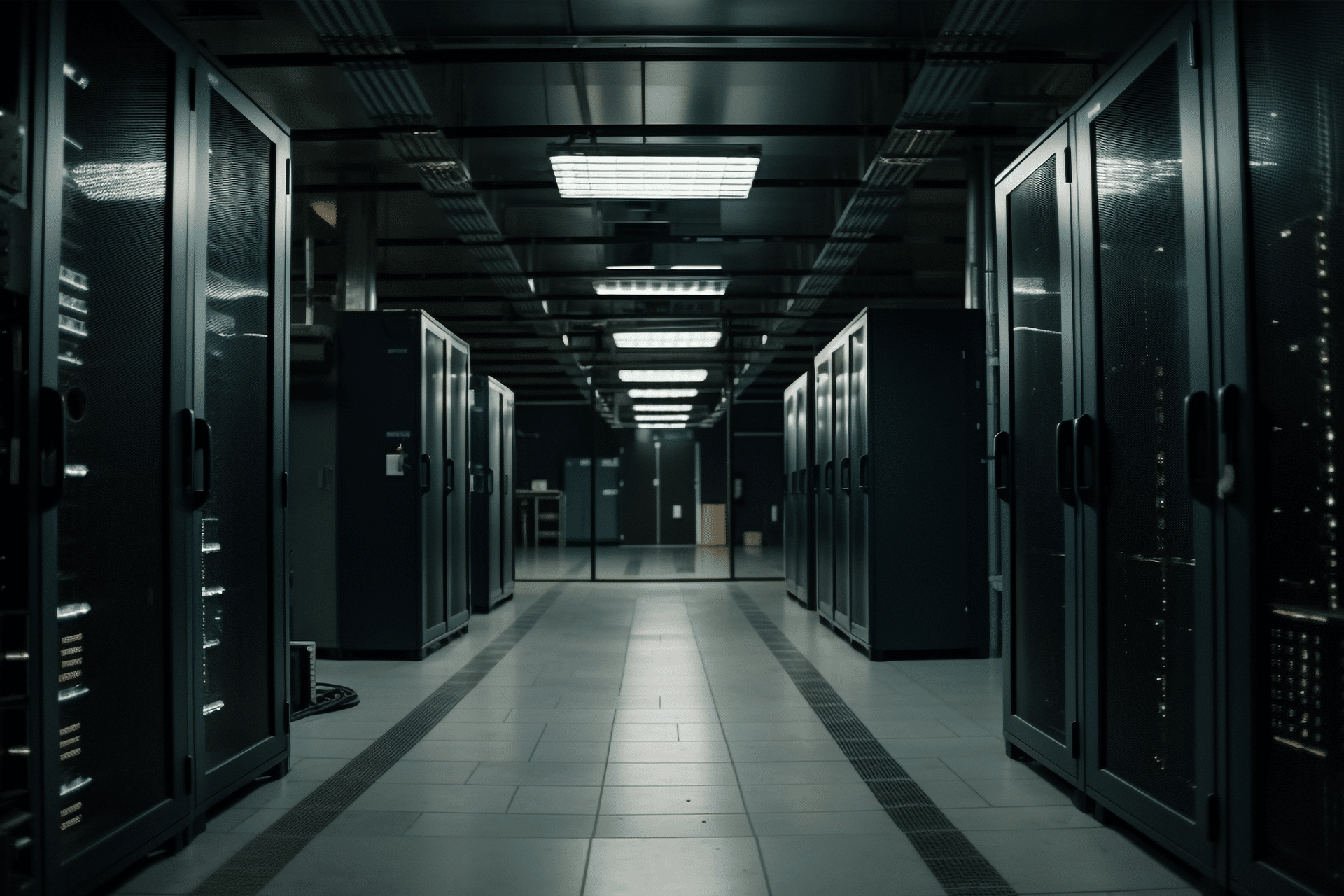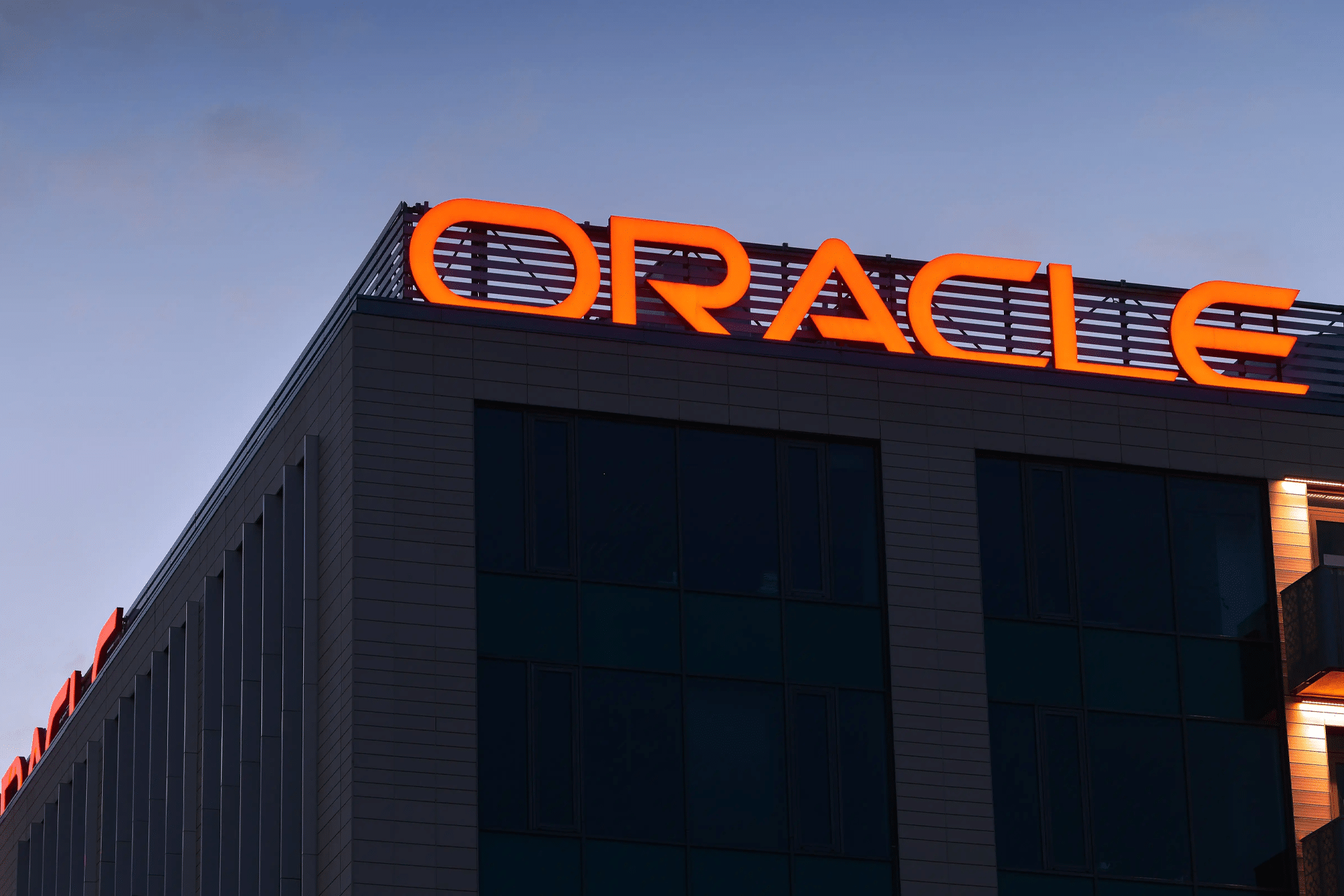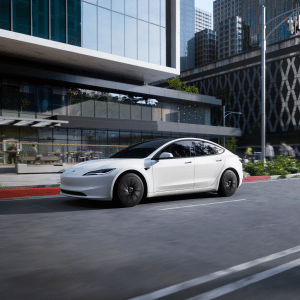The Stargate project, first unveiled in January 2025 at a White House press conference, is a joint venture between OpenAI, Oracle, SoftBank, and investment firm MGX. Initially committing $100 billion, with plans to scale to $500 billion by 2029, the project seeks to construct a network of AI-focused data centers across the U.S. The Oracle-OpenAI contract, reported by the Wall Street Journal, allocates $300 billion over five years to develop 4.5 gigawatts of data center capacity, capable of running over 2 million AI processors.
This partnership builds on a July 2025 announcement, where Oracle and OpenAI outlined plans for data centers in Abilene, Texas, already operational with Nvidia GB200 racks. The expanded deal will add sites in states like Michigan, Wisconsin, New Mexico, and Wyoming, aiming to meet OpenAI’s growing compute needs for models like ChatGPT and future innovations.

Powering the Next Generation of AI
The scale of the Stargate project is staggering. The 4.5 gigawatts of new capacity—equivalent to a quarter of the U.S.’s current data center power—will support OpenAI’s frontier research, including training and inference for next-generation models. Unlike traditional cloud agreements, this deal focuses on custom-built infrastructure tailored to AI workloads, leveraging Oracle’s expertise in high-performance computing. The Abilene facility, for instance, has already begun running early training tasks, showcasing the project’s rapid progress.
Oracle’s role extends beyond hardware provision. The company’s cloud infrastructure, Oracle Cloud Infrastructure (OCI), integrates with Microsoft’s Azure, ensuring OpenAI can scale its operations seamlessly. This collaboration allows OpenAI to balance its reliance on Microsoft while tapping into Oracle’s growing data center prowess, which saw a 77% revenue increase in Q1 2025.
Economic and Geopolitical Implications
The Stargate project is more than a technical endeavor; it’s a strategic move to bolster U.S. AI leadership amid global competition, particularly with China. OpenAI’s policy white paper emphasizes that robust infrastructure investments can prevent funds from flowing to Chinese-backed projects, preserving U.S. technological edge. The initiative is expected to create over 100,000 jobs, from construction to specialized roles like electricians and technicians, boosting local economies.
Geopolitically, the project navigates complex dynamics. The UAE’s G42, a Stargate partner, contributes funding but faces U.S. scrutiny over potential technology transfers to China. Oracle’s involvement, backed by a $7 billion commitment, strengthens the project’s credibility, but critics, including xAI’s Elon Musk, question its financial feasibility, citing OpenAI’s $5 billion losses in 2024. Despite skepticism, OpenAI and SoftBank’s combined $38 billion pledge, alongside debt financing, signals strong momentum.
Challenges and Criticisms
The Stargate project faces significant hurdles. Reports indicate friction between OpenAI and SoftBank over data center locations, with the Abilene and Denton, Texas, facilities developed without SoftBank’s involvement. The ambitious $500 billion goal has yet to secure full funding, with initial equity from SoftBank ($19 billion), OpenAI ($19 billion), Oracle ($7 billion), and MGX ($7 billion) covering only a fraction of the total. Bloomberg noted in August 2025 that no funds had been raised for the initial $100 billion, raising concerns about scalability.
Technical challenges also loom. The massive power demands of AI data centers strain U.S. grid capacity, prompting innovative solutions like Crusoe Energy’s use of wind power and gas turbine backups in Abilene. Additionally, U.S. export restrictions on advanced chips could complicate Nvidia’s role as a key technology partner, potentially delaying timelines.
The Future of AI Infrastructure
The Oracle-OpenAI deal sets a new benchmark for AI infrastructure, reflecting the industry’s shift toward purpose-built data centers. As OpenAI pursues artificial general intelligence (AGI), the Stargate project’s success will hinge on overcoming financial, logistical, and geopolitical obstacles. For now, it represents a bold bet on AI’s transformative potential, promising to reshape economies and industries while reinforcing U.S. technological leadership.








